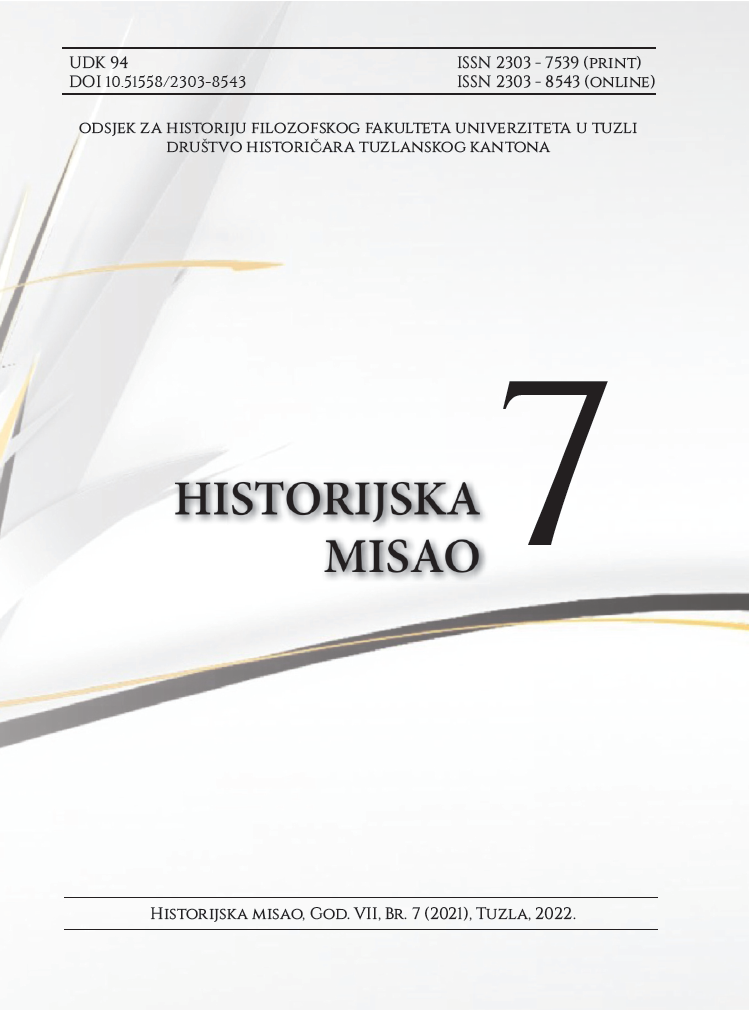Historical stratification of industrial heritage in the city of Tuzla
Abstract
A region's socioeconomic and political conditions greatly influence the interaction between human settlements and natural landscapes. The relationship between man and landscape is, to a great extent, evident in regions where economic development relies on mineral sources. In that regard, the city of Tuzla in Bosnia and Herzegovina offers a unique narrative about the value of salt as an administrative and economic tool. In addition, regime changes conditioned the formation of an industrial network that emerged around salt and coal deposits. The coal and salt industries, thus, gained a leading role in Tuzla's economic development between 1884 and 1992. After 1992, war destruction and changes in society contributed to the transition from secondary to the tertiary economic sector. The resulting high unemployment rate became the primary problem. Therefore, the significance of the buildings and sites, which make up the historically and technologically connected network of Tuzla's industrial heritage, has not yet been determined. Guided by international principles for the valorization of cultural and historical heritage, this article aims to identify industrial heritage in the municipality of Tuzla and holistically evaluate their cultural and historical significance for preserving the identity of its population.
Downloads
Downloads
Published
How to Cite
Issue
Section
License

This work is licensed under a Creative Commons Attribution-NonCommercial-NoDerivatives 4.0 International License.



